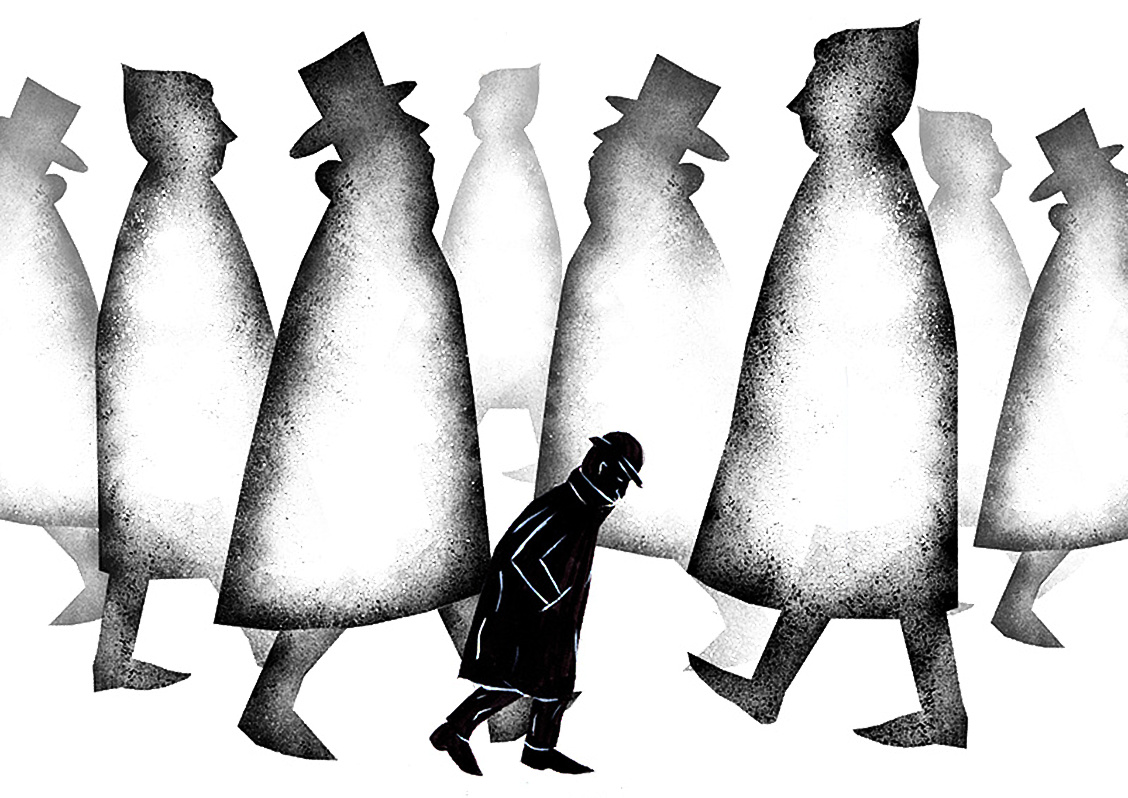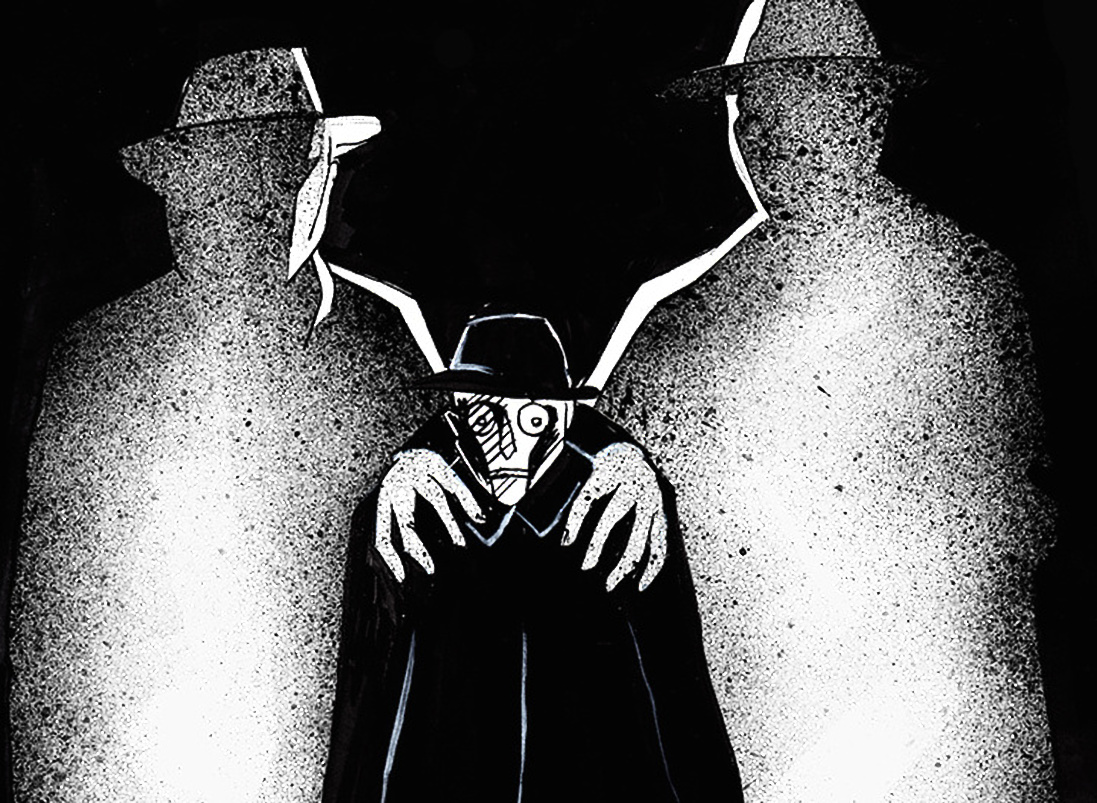
There are times when art sides with the marginalized, unheard of, and oppressed – the little people of society that live and die without anyone’s knowledge, and that often carry boring and colorless lives that are too dull to be shown on billboards or cinemas. Yet in the age of capitalism, advertisements and continuous self-promotion, art is mostly a product owned by the bigger people in the society: the businessmen, the entertainment companies, the managers, and even the politicians.
Just recently, ‘The Passage’ (El Mamar) became a box office hit in Egypt, surpassing EGP 30 million in less than two weeks. It traces Egypt’s defeat in the 1967 war and the subsequent War of Attrition, revolving around the lives of the men in the army and the Egyptian society at the time. While the film does a fair effort in portraying the human element of the events – in contrast to the focus on leaders and politicians in most war films – it still does not stray too far from a majority of the works in the industry that shed light on the most heroic or extraordinary characters.
Next to ‘The Passage’ was ‘Casablanca’, earning nearly EGP 22 million, and ‘The Pharaoh’s Campaign’, earning also over EGP 8 million, which both focused on the thrilling stories of gang groups and pirates. There are a few attempts in the modern Egyptian film industry that give voice to the helpless and forgotten, including also Yomeddine (Judgment Day), though as the fact remains, it is still the big and heroic action movies that continue to dominate the box office.
Whether it be an army commander or a powerful gang group, most directors and writers today are still falling into a reductive worldview that only favors those with the most interesting, challenging yet entertaining lives. Even when they try to look at the impoverished, there always has to be some kind of spectacle, drama or a celebrity with heroic characteristics to play the role, like how Muhammed Ramadan likes to take on with his ‘Number One‘ persona.
What is striking is how much a 19th century short story by a Russian writer, Nikolai Gogol, draws more parallels to greater aspects of Egyptian society than most works of art today. ‘The Overcoat’, published in 1842, is a powerful example of how art can be used as a voice for the weak, forgotten and lost.
Gogol does not try or pretend to understand the lives of the most ignored and weak in society, instead, he chooses to speak through a narrator that is ignorant of most of the details of Akaky Akakiyevich’s life; an impoverished government clerk and copyist in St. Petersburg. The clever thing in this piece of work is how he gradually turns the most ordinary and disregarded person in society to become the most important and symbolic, revealing how his mere existence – though it seems meaningless – becomes a cold and hard lesson for others.
The story traces the very repetitive and boring life of Akakiyevich, who simply works at a government department for long hours with full dedication, yet is little recognized for his hard work. The most dramatic event in his life is when he finally buys a new overcoat after a very long time. The entire story, in fact, revolves around this simple new overcoat that changes Akakiyevich’s life forever. From the moment he starts wearing it, Akakiyevich becomes the centre of attention in his office; to the extent of getting an invite by his superior to a party to celebrate the new purchase.
A piece of cloth cannot completely transform a man, however, as Akakiyevich learns later. When two people confront him and steal his overcoat on his way home, Akakiyevich discovers that his existence is still as insignificant and worthless as before, as he finds it difficult to get help from the authorities to recover his lost overcoat. The most important scene in the story is the interaction between the socially inept Akakiyevich and the recently promoted general, which shows the stark gap between their lives and world views – between the ambitious general that is obsessed with his self-importance, and the unrecognized clerk that is ignorant of most ‘rules’ and ‘manners’ in addressing and approaching a superior.
In the end, Akakiyevich’s life ends the way the life of an ant ends, “a being disappeared who was protected by none, dear to none, interesting to none”, as Gogol writes beautifully. Yet the story takes a clever turn as Akakiyevich turns into a ghost that haunts the areas of St. Petersburg, stealing the overcoats from people and the general that scolded him. Though Akakiyevich did not enjoy the luxury of having that much power while he was alive, Gogol chooses to give him that power in the afterlife, turning him into a symbolic figure that continues to torment the life of the general.
There’s a lot in ‘The Overcoat’ that still resembles modern Egypt and the rest of the world, such as the cruelty of office life, the unrecognized efforts of the weakest in society, vanity, self-delusion and the obsession with status while the most impoverished die forgotten. Most of us still prefer to address others with their labels of profession than their first name, whether it be ‘The Doctor’ or ‘The Head of Department’, or even ‘The Driver’. Egypt is also now witnessing the growth of gated communities and suburban districts, further alienating the rest of the population from the ‘big people’ in society.
By putting Akakiyevich’s worthless life under the scope, as a scientist examines an ant, Gogol makes all the other dramatic and sensational works of today seem trivial compared to his powerful masterpiece. The world needs more of that simplicity and artistic genius, which dives deep under and attempts to study, rather than imitate, reality. He presents society’s most common problems in just one story, without any attempt to deceive, shock or entertain his audience. It is art that honestly explores life; it starts by questions rather than answers, and is not hesitant to study even the most flat, uneventful and unexciting life stories.
Akakiyevich is no hero, nor powerful, nor inspiring. Without his new overcoat, he is simply a human getting on with his day to day duties, holding no power beyond that. Even if we do not like to imagine it, Akakiyevich’s existence presents the reality of any individual in society, whether it be a superior or a subordinate. We all like to hold on to things that give us more status, prestige and power, yet forget the stark reality that all of it can be lost, as how it turned out with Akakiyevich.
The films of today like to focus on the ‘overcoat’ that the characters wear, which what makes them just a little bit more interesting and memorable. But it is not always our coats that make us more honorable or higher, sometimes it is the simple human values that the world still needs more of: like mercy, compassion, and kindness. And in Akakiyevich’s life, these were the values that he needed the most.
“And the young man covered his face with his hand; and many time afterwards, in the course of his life, shuddered at seeing how much inhumanity there is in man,” Gogol writes, “how much savage coarseness is concealed beneath delicate, refined worldliness, and even, O God! in that man whom the world acknowledges as honourable and noble.”







Comments (0)